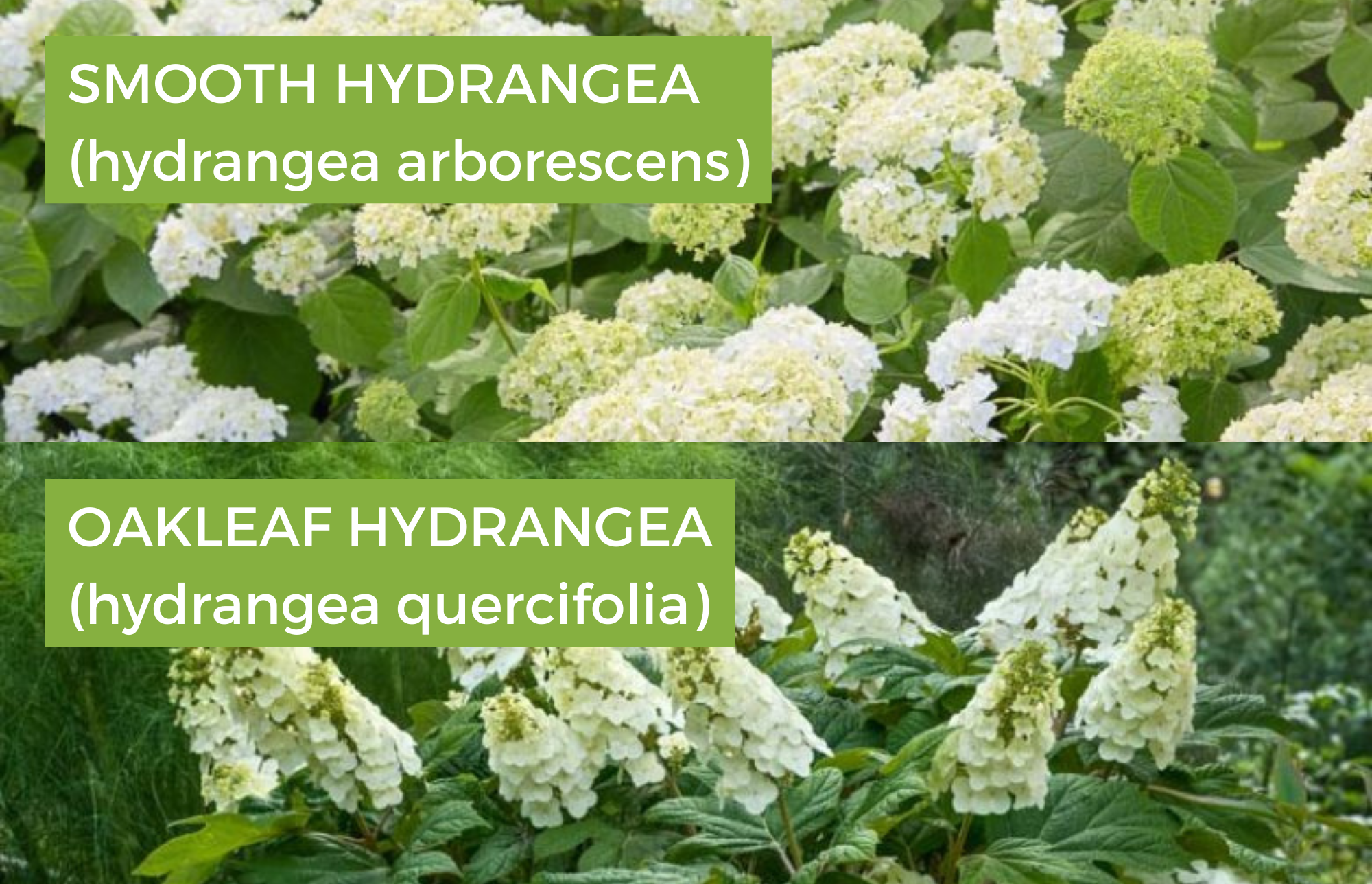To Prune or Not to Prune,
That is the Question…
We made it! Spring is here and that means it’s time to get outside and begin prepping your planting areas for the growing season. It’s time to begin weeding, dividing overgrown perennials, planting new native plants, checking trees and shrubs for winter damage, tidying up, and of course pruning shrubs.
But hold on! Not all shrubs and trees are created equal, and not every shrub should be pruned this time of year. In some cases, you can severely impact bloom time, berry production, shape, and even the plant’s overall health with improper pruning. Some shrubs bloom on new wood, which means their flower buds develop on new growth produced each year. Other shrubs bloom on old wood, which means they bloom on growth from the previous year, and produce flower buds for next year’s blooms on this year’s new growth. It is important that you understand each plant’s individual life cycle to ensure you are not setting your plant (and your landscape) up for failure. Here are some examples:
Winterberry (Ilex verticillata)
After showing off all winter, your winterberry holly is likely void of berries thanks to the local bird population. Pruning for winterberries is recommended right after berries are gone, or early spring- whichever comes first. Winterberries bloom, and produce berries, on old wood. Therefore, any pruning should be done lightly and selectively to maintain shape as needed. Ideally you would plant a winterberry in a place that does not require it to be pruned, as any pruning will reduce bloom/berry production. However, if done early, new growth will have time to set buds for the following year.
Red Twig Dogwood (Cornus sericea)
This attractive dogwood species is usually planted for its beautiful red stems rather than its flowers. The red twig, aka red osier, dogwood, is a plant of great wildlife value and provides excellent winter interest….until it doesn’t. In order to maintain the brightest, most vibrant red twigs that its famous for, you must encourage new stem growth each year by pruning out ~1/3 of the oldest stems at the base of the plant each spring, right before the buds open. This will allow the plant to develop new younger stems and set flower buds to keep the plant looking happy, healthy, and vibrant all year long.
American Beautyberry (Callicarpa americana)
American beautyberry is an example of a shrub that is hardy and adaptable when it comes to pruning. The plant blooms on new growth, so can be pruned anytime from the fall to early spring when the plant is actively growing. You can cut the shrub down almost to the ground each spring, leaving as little as 6-8 inches remaining, and it will come back nice and full and still produce berries. It can also be selectively pruned to remove old and dead branches to make a nice full plant.
Native Hydrangeas (Hydrangea sp.)
You would think nature would have just made it simple for us when it comes to native hydrangeas. Unfortunately, that is not the case. Smooth hydrangeas (Hydrangea arborescens) bloom on new wood, and can be pruned hard, down to as little as one foot, before new growth begins in early spring if desired. Oakleaf hydrangeas (Hydrangea quercifolia) on the other hand bloom on old wood. Pruning oakleaf hydrangeas should be avoided, if possible (think right plant, right place), but can be done right after blooming in summer if absolutely necessary. Cuts should be made right below each bloom with enough time for buds to set for next year’s bloom.
Dormant Perennial Stems
I hope you left last year’s perennial stems standing to provide habitat in your garden all winter long. If you wish to “tidy up” a bit, you can cut the stems down in March once daytime temperatures are regularly in the 50s, leaving 10-12 inches remaining. Not only does this provide a habitat for pollinators as they look for nesting areas in spring, but it also is a good visual reminder of where you have plants located in the garden. In a few weeks you won’t even see them as new growth quickly covers the old stems.
So, to prune, or not to prune- that is the question. Take advantage of a rainy afternoon to learn when and how to prune the shrubs in your garden before you start cutting. The birds, bees, and butterflies will thank you. Just a sugg-Jeff-tion!







